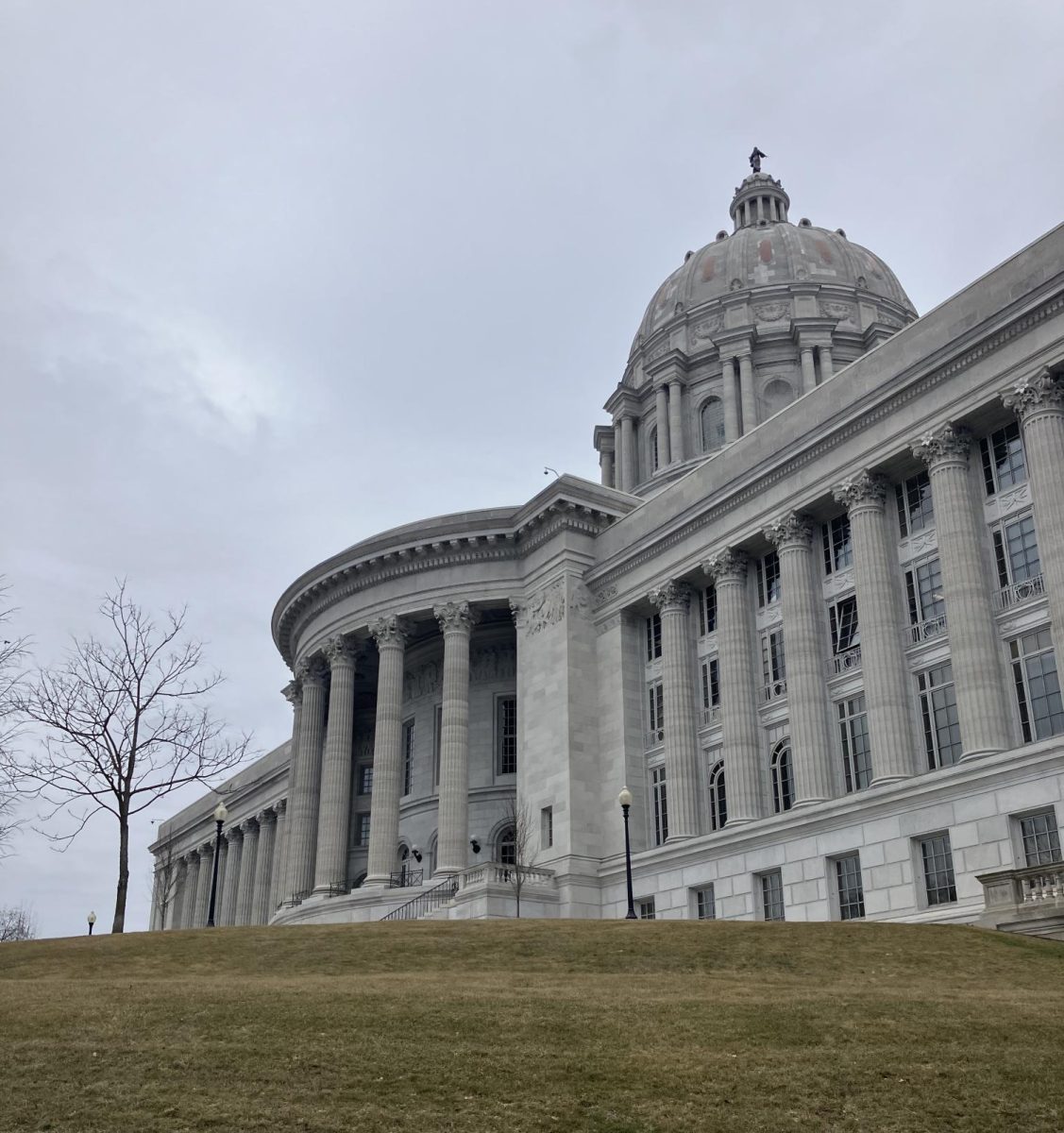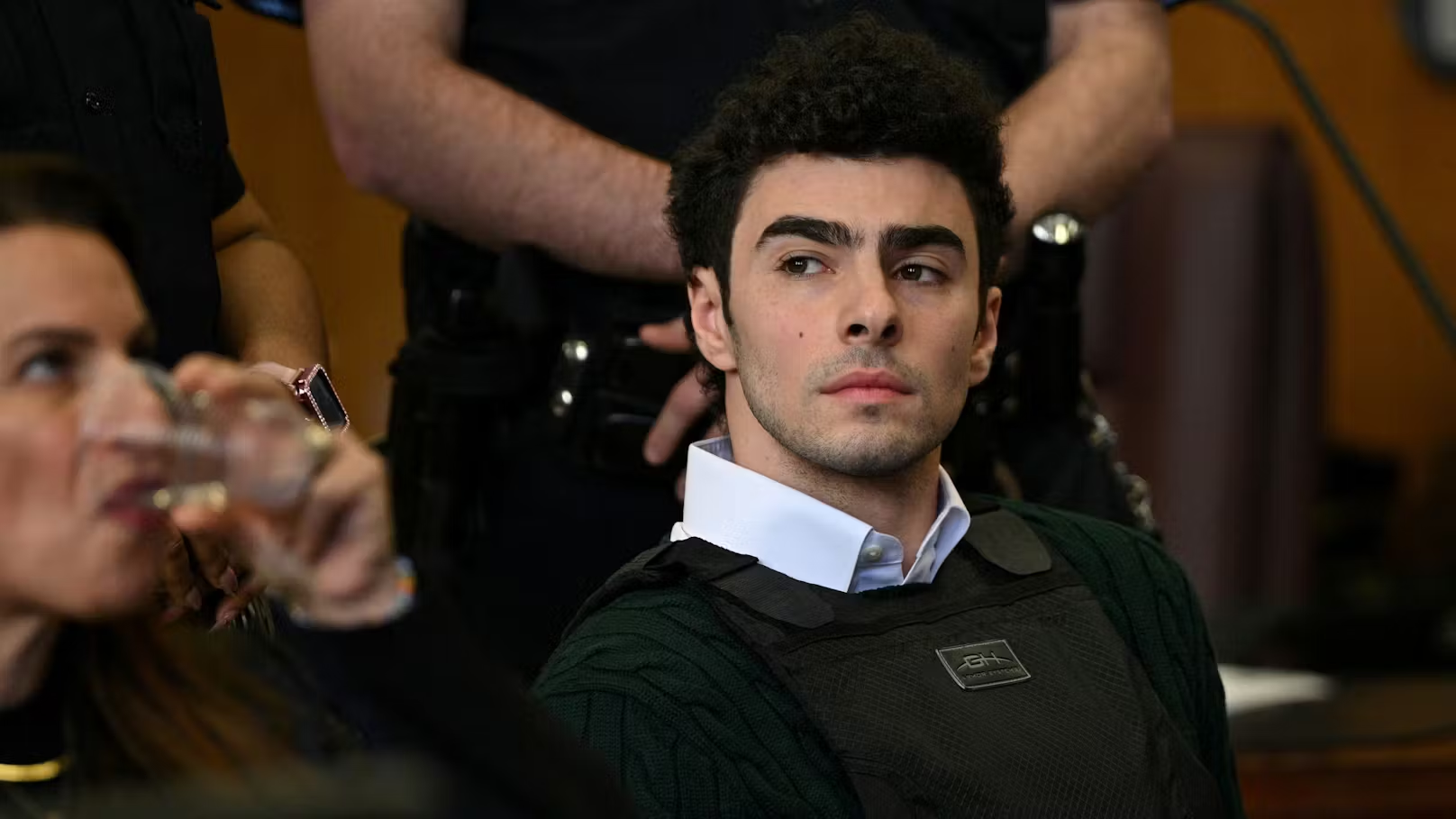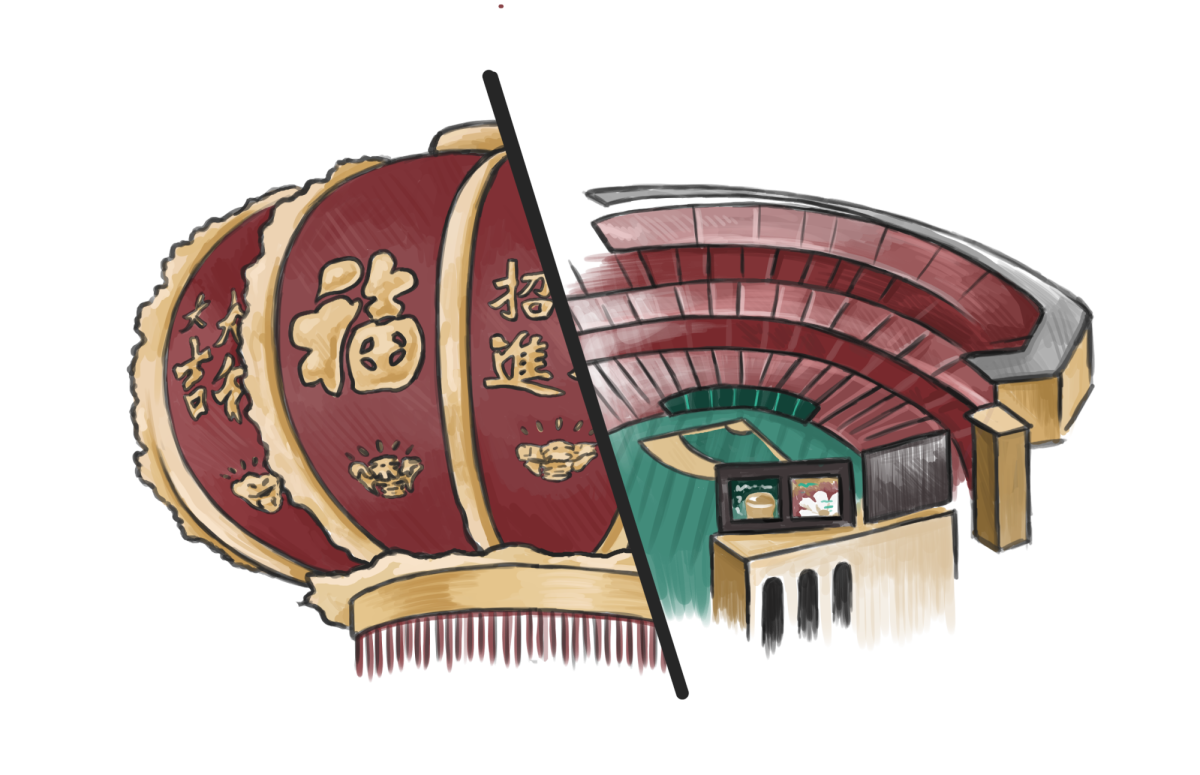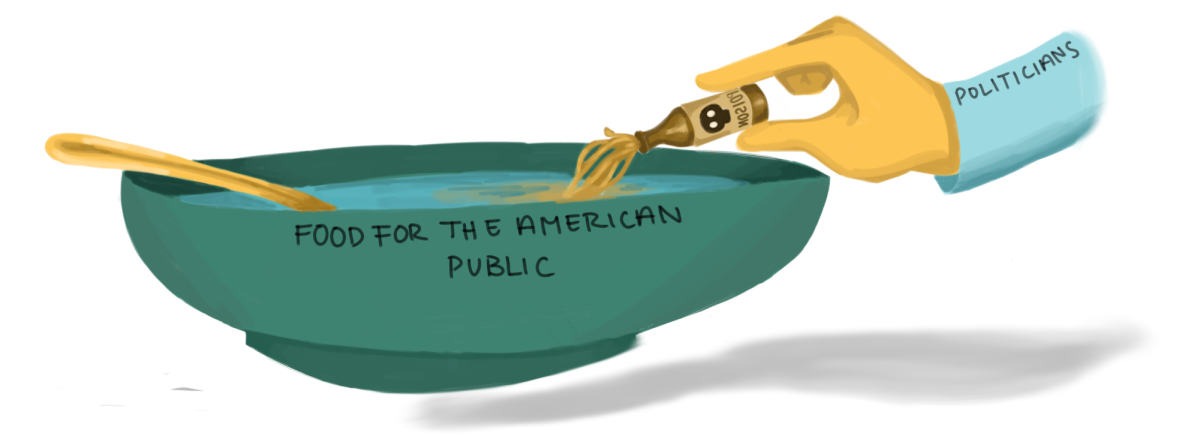Look up any classic halloween costume online, now do the same thing but add the word “women’s” in front of it, and guarantee there will be a very different response. This small comparison shows how societal expectations shape the way we see costumes, and by extension how we view gender. Whether it’s a pirate, a superhero, or a doctor, the second you add “women’s” to the search, you’ll often see the same themes: costumes that are more revealing, more sexualized, or exaggerated in their femininity. This stark contrast speaks volumes about how society came to define and box in what is “appropriate” for women to wear. Women’s costumes are expected to be attractive, playful, and sexy — often at the expense of creativity or comfort. What’s even more troubling is the way these expectations are reflected in the way we judge women who choose to dress a certain way, reinforcing an incredibly narrow standard for what is considered acceptable.
This is not to say that women should dress to cover up. If someone wants to wear something that makes them feel confident and happy then they should go for it. Every person has the freedom to express themselves and their interest, and Halloween is one of the best times to do this without the fear of judgment. Confidence and self expression are valuable, however, it is important to remember that clothing does not equal consent. The notion that a woman’s attire gives anyone the right to harass or objectify her is a dangerous idea deep rooted in misogyny. Shaming girls for wearing costumes that would make a boy the life of the party is an insane double standard.
This support of gender roles is present for both men and women’s costumes. While women’s costumes often lean toward sexualization or the reinforcement of stereotypical femininity, men’s costumes impose their own set of rigid expectations, most notably a standard of hyper-masculinity. Many men’s costumes are designed to amplify physical strength, power, and dominance. Think superheroes, action-stars or military attire. These costumes give off the idea that men must always be strong, fearless, and in control. The pressure to embody these traits can be just as limiting for men as the pressure women face to embody certain standards of beauty. By framing Halloween costumes as an opportunity to perform a particular gender identity, society enforces a very narrow view of what it means to be a man or a woman. This kind of gendered costuming reinforces stereotypes that don’t leave much room for nuance, individuality, or the freedom to express oneself in more complex ways.
In the end, the way we approach Halloween costumes tells us a lot about our broader cultural attitudes toward gender. Why do we continue to uphold these unrealistic standards that limit personal expression? Why does it seem that we are more comfortable with costumes that exaggerate or box people into narrow gender roles, rather than celebrating the diversity of ways people can express their identities, their creativity, and their personalities? These questions are worth asking, especially as we move forward in a world that is more aware than ever of the dangers of enforcing traditional gender norms.








